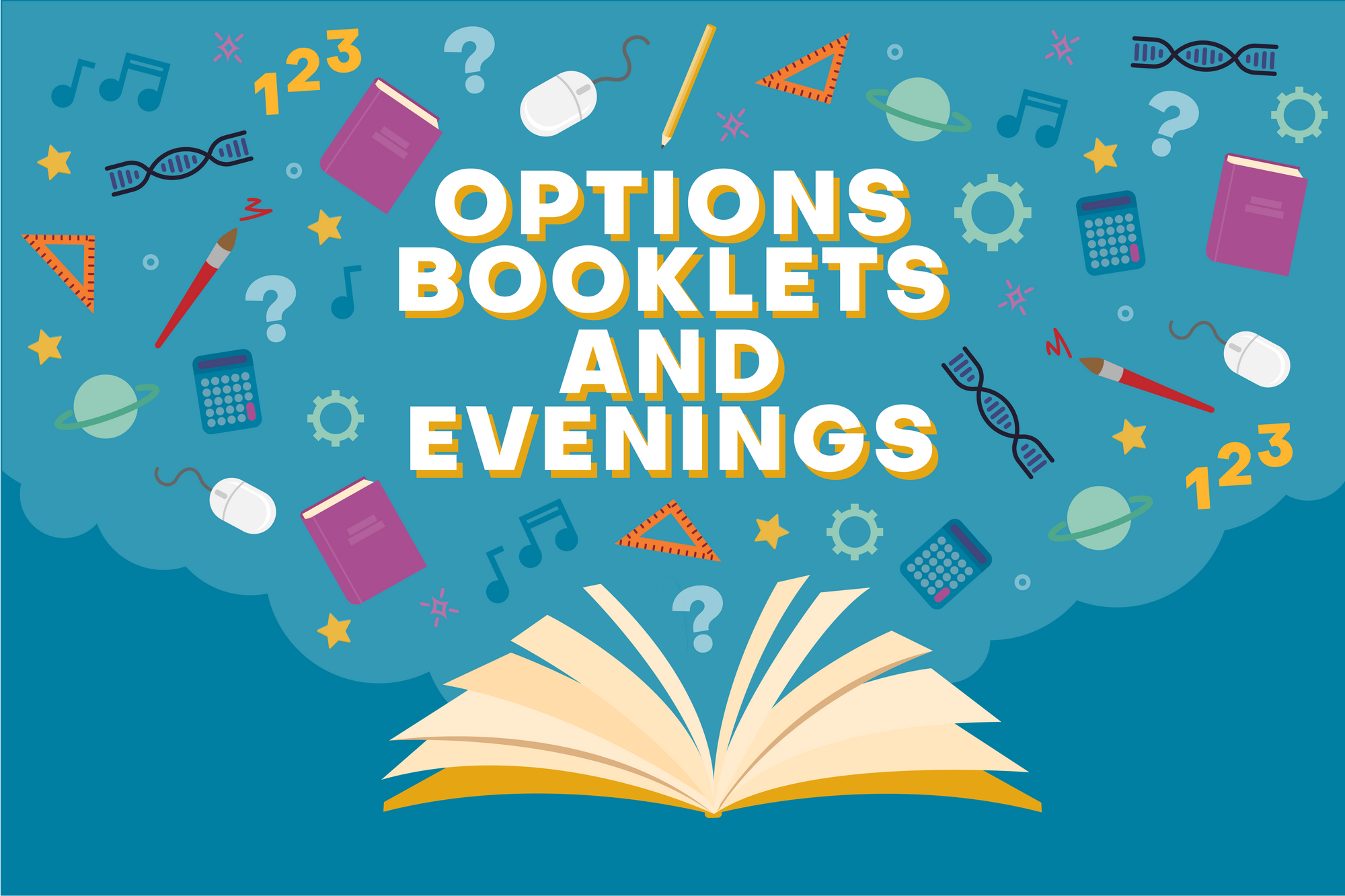Gender Balance in Computing: How to present Computer Science as a GCSE option
14 December 2022

Our Gender Balance in Computing research programme is the largest national effort to date to explore ways to encourage more girls and young women to engage with computing. Intervention design, implementation, and evaluation are conducted via a collaboration between the Raspberry Pi Foundation, the Behavioural Insights Team, Apps for Good, and WISE. The research programme comprises a number of interventions relating to four different research areas and has been running since 2018.
GCSE subject choice can have a major impact on pupils’ future careers. When it comes to GCSE Computer Science, boys outnumber girls in choosing the subject 4 to 1. This gender imbalance persists in A levels, at university, and beyond.
Today, we published findings from research exploring how Computer Science is presented in options booklets and at options evenings — two key points in the GCSE selection process that may contribute to the gender imbalance in the subject.
Why options booklets and evenings?
While every school’s GCSE selection process is different, almost all schools provide booklets and host evenings to inform Year 8 or 9 pupils and their parents about GCSE options. Teachers play a role in shaping these information sources, which can influence pupils’ perceptions of Computer Science and their ultimate subject choices.
Options booklets and evenings may play a particularly important role for pupils who have not yet decided which subjects to take. They can also help clarify misconceptions about Computer Science. One parent said of an options booklet, “[Before the booklet] We didn’t know that GCSE CS [Computer Science] did include programming — we’d been told that it didn’t. Others had said it’s all about learning how to use Word.”
Understanding how Computer Science is described during the GCSE selection process can shed light on the barriers girls face when choosing the subject, and can inform interventions to boost gender balance in computing.
Exploring how Computer Science is presented
From October 2021 to July 2022, the Behavioural Insights Team conducted five types of exploratory research to understand how Computer Science is presented in options booklets and at options evenings:
- A review of the academic evidence on how pupils choose subjects, perceptions of computing, and the influence of gendered language on decision-making.
- Interviews with Year 8 and 9 pupils, teachers, and parents from 20 schools.
- Observation of options evenings at ten schools.
- Analysis of the readability and language of Computer Science descriptions in 230 options booklets, comparing this data to Geography descriptions (a GCSE subject with greater gender balance).
- Surveys of 4,150 teachers on the options process at their schools.
This research revealed that multiple groups — peers, parents, and teachers — influence girls’ decision-making. Our findings suggest that there is scope for options booklets and evenings to affect whether girls choose Computer Science, and teachers can make changes to these materials today.
Recommended checklist for options booklets and evenings
To address barriers to Computer Science, teachers could consider using the checklist below when shaping GCSE options materials. The recommendations are based on exploratory research conducted by the Behavioural Insights Team and are designed to encourage girls to choose Computer Science GCSE.
To help schools implement the checklist, we’ve produced a report that provides example materials, such as this slide for an options evening.
Rationale behind the recommendations
Through the exploratory research, 13 key barriers to girls choosing Computer Science GCSE were identified. Each item on the checklist addresses different barriers.
For example, the data analysis of options booklets revealed that descriptions of Computer Science use complex and masculine language (see section 4.2.3 of the report for examples) compared to Geography, a more gender-balanced GCSE subject. Even after removing subject-specific words, Computer Science was still expressed in a more ‘male’ way than Geography, which tells us that the general language used is more ‘male’ than ‘female’. This may reinforce the idea that Computer Science is a male-dominated subject.
Some pupils also reported that they found descriptions of Computer Science hard to read: “It was quite wordy, talking about percentages, if they could simplify it and say this is where this subject can take you in laymans’ terms…”
This is why using plain, less masculine language and including female role models (in quotes and in person) may help more girls see Computer Science as an inviting GCSE option.
Access the full checklist and more resources
This is just one example of how to present Computer Science in a more appealing way to girls in options booklets and at options evenings. For more insights, example resources, and additional ideas on addressing barriers to pupils selecting Computer Science GCSE, read the full report here.